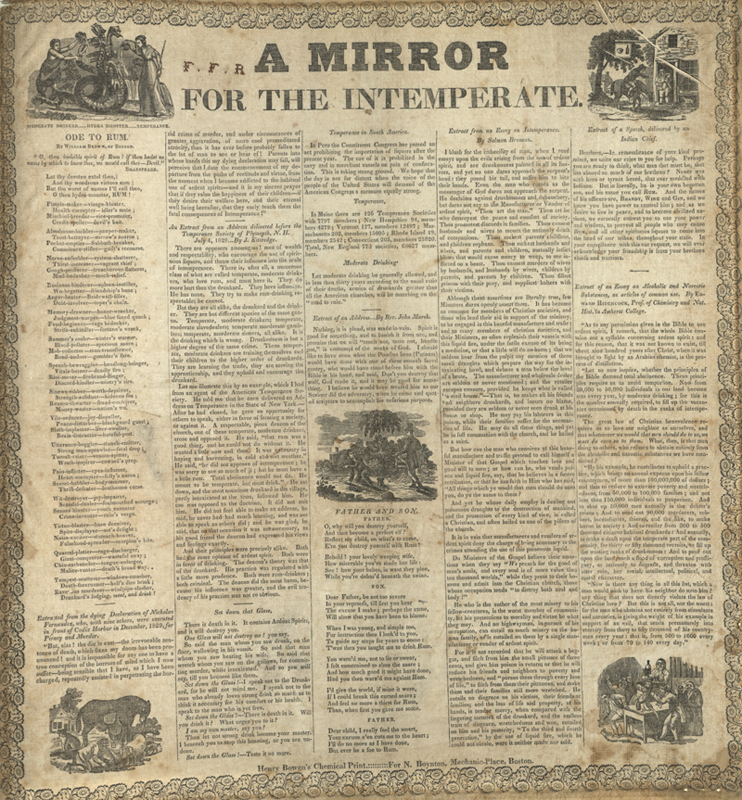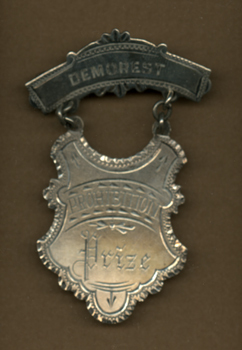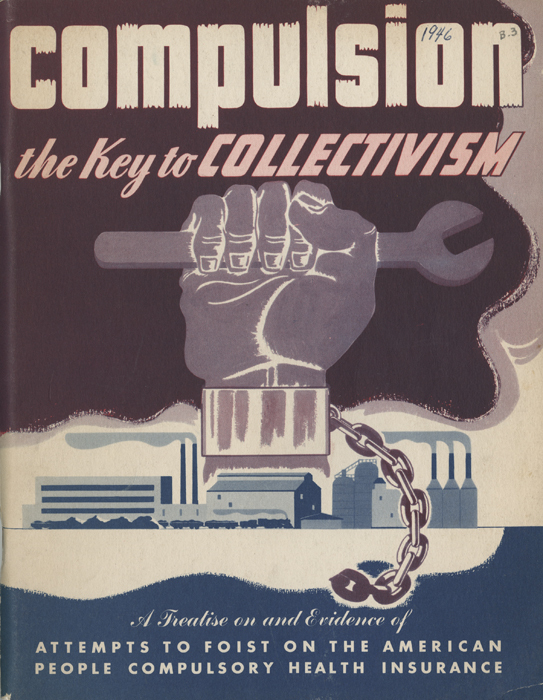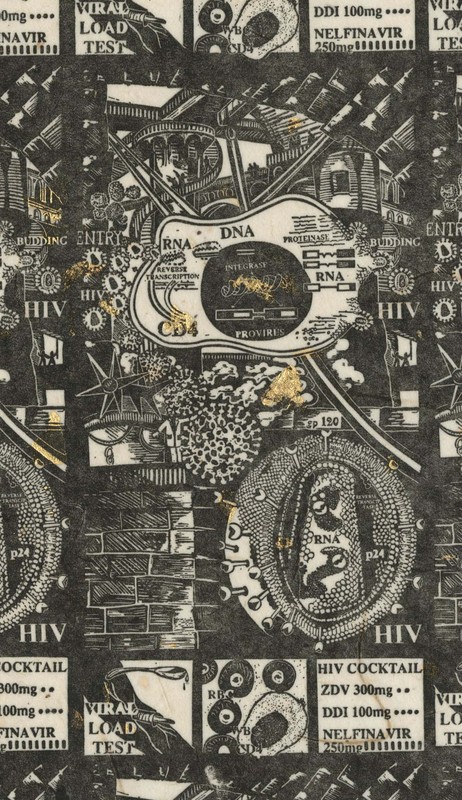Medicine in Society
Physicians and the practice of medicine were common subjects for humorous illustrators and caricaturists in the early 19th century. Charles Williams, who worked for the London publisher and print seller, S. W. Fores, produced this set of four engravings dealing with physician-patient relations and the payment—or otherwise—of medical fees.
The library collections hold over 300 satiric medical prints from the late 18th and early 19th centuries, many the work of notable illustrators, including William Hogarth, James Gillray, George Cruikshank, and Thomas Rowlandson. Nearly one-half of the satire collection has recently become available digitally through Harvard's Open Collections project, Contagion : Historical Views of Diseases and Epidemics.
For more about satires, check out The Language of the Age: Depictions of Medicine in Graphic Satire.
The excerpts from poems, speeches, and essays printed here on a muslin broadside exemplify the temperance movement's growing influence in America in the early 19th century.
The Demorest prize was created by philanthropist W. Jennings Demorest (1822-1895) in 1886 to encourage young people to recite speeches of temperance movement leaders. Its medals—silver, as here, gold, and even diamond—were presented in contests throughout the country through the early years of the 20th century.
Following U.S. Senate Committee on Education and Labor hearings on a proposed National Health Bill in 1946, the National Physicians Committee produced this pamphlet to warn against the danger of compulsory health care as a threat to the American way of life. Dr. Edward H. Cary, the chairman of the Committee, closed his statement by saying, "I believe that if this legislation was submitted to the people in a referendum, with full knowledge of its implications, the voters of this country would finally and forever reject the meddling and the presumption of the bureaucrat to interfere in the sacred relationship of patient and physician, and would register against this kind of revolutionary legislation the everlasting scorn of a free-born an freedom-loving people."
In 2008, Dr. Rashi Fein, emeritus professor in Harvard's Department of Global Health and Social Medicine, donated over 150 pamphlets and reports concerning health insurance and health economics from the past fifty years, laying a cornerstone for the library's future collecting efforts in this area.
As part of a commemoration of World AIDS Day in 1997, physician and artist Eric Avery displayed some of his work in the Strauss Gallery of Harvard's Fogg Museum in an exhibit, Art as Medicine/Medicine as Art. 3' by 6' prints of the Lifecycle of HIV entering a lymphocyte were papered over the walls of a small installation in the gallery where Zimberg Clinic staff members provided HIV information to the public. AIDS and HIV research, along with research on other emerging diseases, are subjects of growing interest to historians of medicine and an area of future collecting for the Library.





